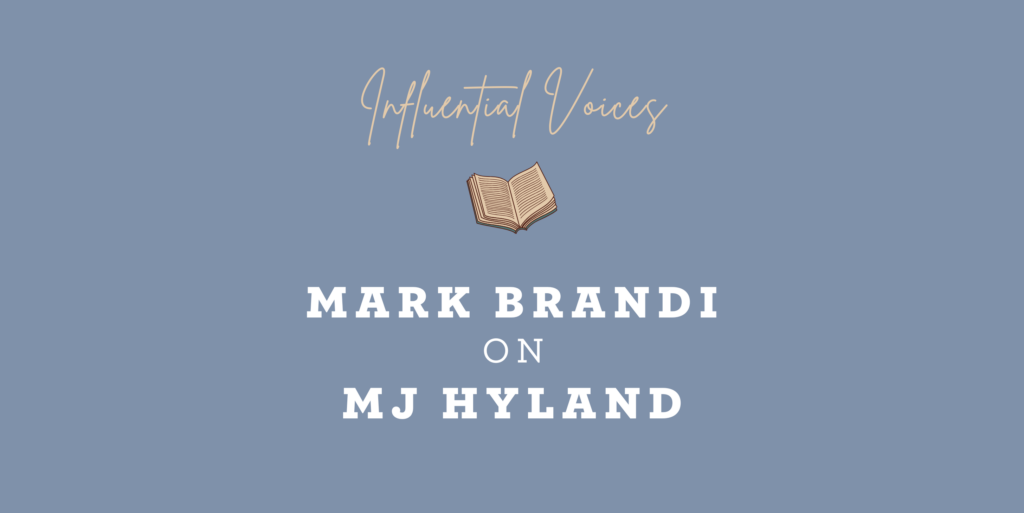
My relationship to other authors (in respect to their writing, at least) is probably unusual. When reading a book, I won’t look at the author’s photo on the jacket, or read anything about them online. I’m careful to avoid interviews or reviews of their work, even after I’ve finished reading. I try to separate the author from their writing as much as possible, almost to an obsessive extent.
Why do I do this? Essentially, I believe a story should stand on its own, regardless of an author’s reputation, motivation or any explanation of intent.
Nowadays, author access is increasingly part of the ‘deal’ of reading a book. At festivals (which are, admittedly, a lot of fun for us writers), readers get the chance to ask about inspiration and purpose, even down to specific scenes. Social media offers a further way for readers to seek clarity (for example, many have contacted me about a particular moment in my first novel, Wimmera).
This access doesn’t always exist in other art forms, or perhaps not to the same extent. At a gallery, I don’t expect the creator to explain a piece, yet such expectations permeate the literary world — it’s the kind of thing Elena Ferrante rebels against.
So when asked to nominate a writer who impacts my writing, I make a subtle distinction. It isn’t the author who made the impression, but the work itself. In this respect, MJ Hyland’s This Is How is a standout.
Set in the 1960s, This Is How tells the story of Patrick, a young man who moves to a seaside village for a fresh start following the breakdown of his relationship with his fiancée. Solemn and somewhat aloof, he finds his accommodation in a boarding house to be agreeable, but struggles in his dealings with two other — more worldly — lodgers, Welkin and Flindall.
An ominous atmosphere builds around Patrick, culminating in a moment of extreme violence. Then, in the second half of the story, we follow him as he comes to terms with the ramifications of his actions.
Hyland tells Patrick’s story in present tense, and from his viewpoint — a narrative choice which evokes immediacy, tension and an uncomfortable claustrophobia. When reading for the first time, I felt almost within the story: bearing witness to each moment, and analysing the words and actions of the characters. It’s a technique I borrowed for my most recent novel, The Rip, which also delves into some of the darker aspects of humanity.
This first-person perspective echoes another of my favourite novels: Camus’ The Stranger (The Outsider), with the protagonist similarly (and seemingly) emotionally repressed, then committing a terrible crime. Both novels, told in two parts, treat their main characters with great empathy. We witness the difficulties of their relationship with the world, and how a split-second decision unravels their lives.
While it’s not exactly a crime novel, This Is How is a novel about crime — and Hyland navigates this world deftly and without judgement. While rendering Patrick with utmost humanity, she is never patronising or sentimental — the writing unadorned, alive and true. Admittedly, I am yet to read Hyland’s first book, How the Light Gets In, which also received considerable acclaim. Her second book, Carry Me Down, employs a similar narrative style, and was shortlisted for the Man Booker Prize (it’s brilliant in its own right). Yet it is This Is How that has stayed with me, and continues to inspire.
It is, in its rough and raw-boned way, a masterpiece.
About the Writer
Mark Brandi’s bestselling novel, Wimmera, won the UK Crime Writers’ Association Debut Dagger, and was named Best Debut at the 2018 Indie Book Awards. His second novel, The Rip, is out now.
More from Writing NSW
Check out our full range of in-person writing courses in Sydney, our online writing courses and our feedback programs to see how we can help you on your writing journey. Find out about our prizes and opportunities, as well as writing groups across NSW, and sign up to our weekly newsletter for writing events, opportunities and giveaways.
